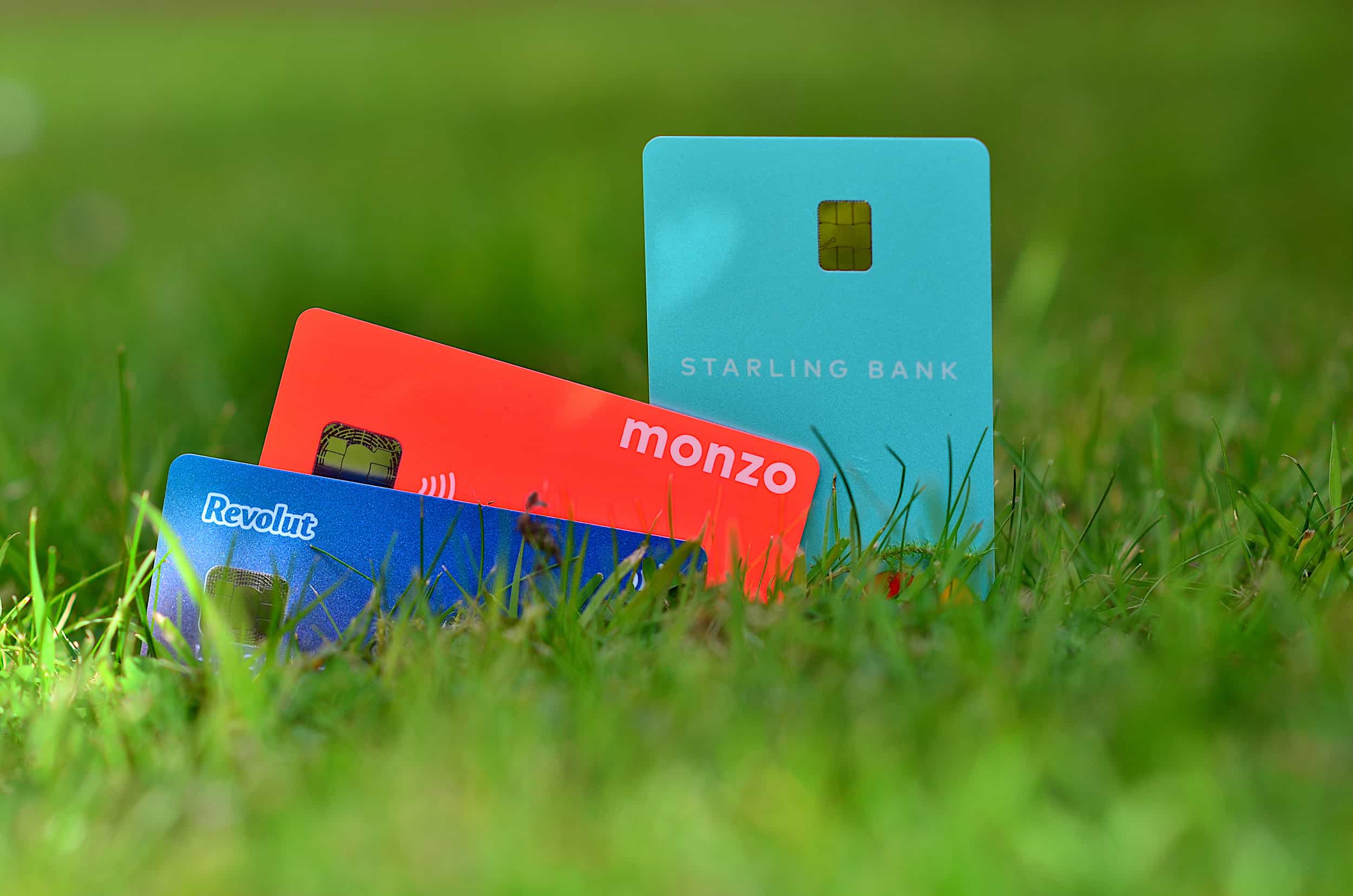
Digital-only ‘neobanks’, such as Atom Bank, Monzo and Starling Bank, burst onto the scene in the mid-2010s. Unencumbered by legacy technology and the overheads carried by the established bricks-and-mortar banks, the neobanks were able to innovate fast and offer something genuinely different to the market.
A quick glance at a few of these neobanks’ websites and annual reports highlights some of their achievements so far. Monzo claims 4.2 million customers. Starling Bank talks about its high app store rating. And Atom Bank points to the fact it’s the most-trusted UK bank on customer review site Trustpilot.
While these are undoubtedly important factors in measuring neobanks’ successes, not one of these three is (yet) making a profit. In fact, their respective accounts show that losses are increasing year-on-year at each.
This can’t go on forever. The neobanks need to achieve profitability as quickly as possible. But when you look at the way the industry has been moving, it quickly becomes clear what an immense challenge they face.
Challenge 1: Erosion of differentiators
Neobanks have generally sought to differentiate themselves by offering very distinctive packages of products and services, with headline features that aren’t widely available among their high-street competitors. They were in the vanguard (though admittedly not first) with offerings such as app-based card freeze and app-based spending categorisation. Both of these features are now becoming much more widely available across the industry, eroding the neobanks’ points of difference.
Challenge 2: Regulation raises the bar for everyone
Regulation is further undermining the neobanks’ differentiators. Starling Bank’s Marketplace, for example, enables external organisations to link their services to Starling accounts, so that consumers can manage their finances more easily across different providers. It’s made possible by Starling’s API, which was available well before the UK-government-mandated Open Banking initiative launched in January 2018. This now requires the UK’s nine biggest banks to make data available via APIs, with the same ultimate goal. The forward-thinking neobanks may have first-mover advantage, but regulation such as this is forcing the competition to catch up.
Challenge 3: White-label banking platforms
When Metro Bank opened its doors in 2010, it was the first new high street bank to launch for 150 years. This century-and-a-half illustrates how high the barriers to entry in banking were at the time. The feasibility of digital-only banking, which paved the way for Monzo et al to launch, was the first major wrecking ball to these traditional barriers. White-label banking platforms have been another. These give startups and established players alike ready-made foundations on which to build their own financial products and services, without many of the significant capital investments these would otherwise require. 11:FS and 10x Banking are two examples that make it hugely easier for new players to enter the market, adding to the pressure on the neobanks. That said, Starling Bank itself is seeking to turn this challenge into an opportunity, via its own banking-as-a-platform offering.
Challenge 4: Big banks’ own neobanks
Further crowding the market are traditional banks’ own neobank-like offerings, such as Mettle from NatWest. While the big banks may lack the agility of the neobanks, they far outstrip them when it comes to the levels of resource they can throw behind these initiatives. The fact that even this doesn’t guarantee long-term success (NatWest recently announced it’s closing Bó, for example), shows how tough this market is.
Challenge 5: Convincing enough people to switch
Then there’s the race to get sufficient numbers of people on board. For the neobanks to become profitable, they’re going to need to build up a large-enough customer base, which means convincing significant numbers to switch their accounts from other providers. This is notoriously difficult: there are around 70 million current accounts open in the UK, but data from the Current Account Switch Service shows the annual number of switchers has remained relatively static at about a million for several years (data: 2017, 2018, 2019). Against this backdrop, any significant customer-base growth is going to take time – something the neobanks don’t have in abundance.
Challenge 6: Coronavirus impact
Virtually every business in the world has felt the impact of the Covid-19 pandemic. Data from Curve, a service that brings together multiple bank cards into one, showed that people’s use of challenger and neobanks dropped by 90% at the start of the UK’s lockdown, compared to a 60% drop-off for traditional banks. Within months of the lockdown coming into force, Reuters reported that Monzo was letting go up to 120 people (around 8% of its total workforce) due to the impact of the coronavirus.
How will the neobanks achieve profitability?
To reach the promised land of profitability, the neobanks need to find ways to stay ahead, which means continuing to innovate fast. With the competition snapping at their heels and their own overheads naturally growing, how can they do this? Firstly, they must maintain relentless focus on proactively identifying and building new products and services that customers want. Monzo does this through its online community, which gives it a low-cost way of engaging directly with large numbers of people. Secondly, neobanks must ensure that as they grow, their technology infrastructure continues to provide a platform that genuinely enables scalability and innovation. It’s crucial they don’t end up with the legacy technology challenges that have hampered big-bank agility. Third, they need to identify and pilot new ways to increase marginal profitability per account. This could include charging for premium products – though as demonstrated, the offering needs to be one that enough customers find attractive. Monzo has since relaunched the Plus service with a different set of features. Fourth, we think it’s inevitable that more neobanks will move into mortgage lending, given the interest income it can generate. Atom Bank, which does offer mortgages, recorded interest income of almost £38M in its most recent accounts. Monzo and Starling, neither of which offers mortgages, banked £4.9M and £929K of interest income respectively. If they do, expect to see them experimenting with new and emerging business models, such as the ability to flexibly release equity from your home when you need cash – something US firm Haus offers.
A race against time
Neobanks and their financial backers clearly believe there’s a path to long-term profitability. Getting there will require them to maintain their agility and velocity of innovation, while aggressively going after new customers. None of this comes cheap. The question is, how much longer can the loss-making neobanks sustain their current model, particularly in a world living with Covid-19?


